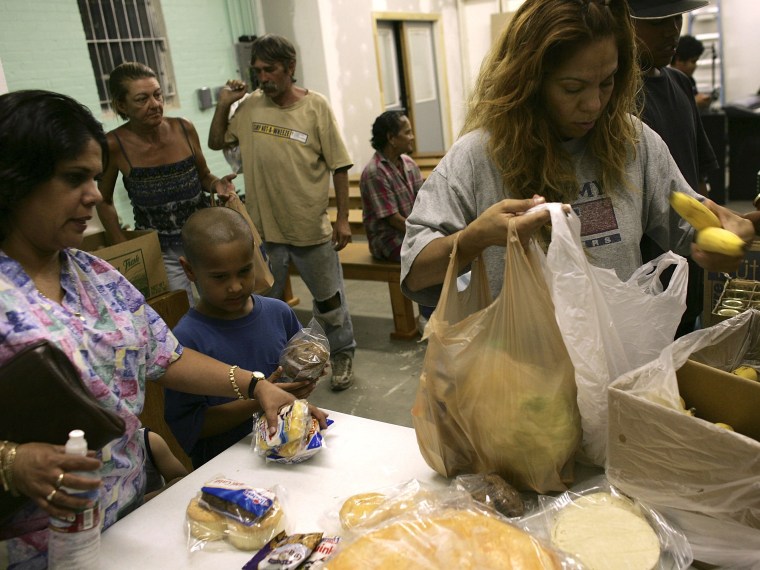The government shutdown’s impact on America’s poorest citizens continues to ripple outwards. The latest victims: thousands of Arizona families who were denied their October welfare checks.
Arizona’s Department of Economic Security was supposed to send welfare checks to 5,150 families on Thursday, using money from the federal Temporary Assistance for Needy Families (TANF) program. Thanks to the government shutdown, no federal money was forthcoming. An additional 11,000 families had already received their checks, but could lose their checks next month, depending on how long the shutdown wears on.
“It has a huge impact,” said Brian Simpson, spokesperson for the Association of Arizona Food Banks. “The folks that are receiving TANF in Arizona are among the poorest of the poor.”
On September 30, an office within the Department of Health and Human Services issued an open letter warning state officials they would soon use TANF funding.
“If funding lapses, we are committed to doing all we can to work with states, the District of Columbia (DC), territories, and tribes to ensure that vulnerable families and children have access to needed benefits and services during this period,” wrote George H. Sheldon, Acting Assistant Secretary for Children and Families.
It is unclear how many states will have to cut back on TANF payments, and the extent of the damage depends largely on the length of the shutdown. Some states, such as Minnesota, will be able to sustain the program for a few months by contributing their own funds and using money saved up from previous federal grants.
The shutdown is only the latest incident to diminish federal cash assistance for poor families. TANF itself is a significantly reduced successor to Aid to Families with Dependent Children (AFDC), a New Deal program which President Bill Clinton eliminated with his 1996 welfare reforms. TANF imposed new restrictions on how welfare money could be distributed, notably by limiting the amount of time recipients are allowed to spend on welfare, and by imposing work requirements.
Average monthly benefits had already been declining since the mid-70s under AFDC, but they dropped to new lows under TANF. Arizona was among those states which experienced an especially precipitous drop: In 2011 dollars, average monthly TANF benefits dropped from $347 to $278 between 1996 and 2011, a decline of 43.8% over 15 years. Between December 2009 and December 2011, the state went even further, cutting the number of TANF recipients by more than half.
To make matters worse, the number of people helped by TANF stayed mostly flat, even as the Great Recession greatly increased American poverty and joblessness. While the number of unemployed people in America rose 88% during the recession, TANF’s caseload only increased by 16%, according to the Center on Budget and Policy Priorities.
“It’s a benefit that’s already hard to get,” said Simpson. ”It’s only going to those who need it most, and so when you see that it’s affected by the shutdown, it breaks your heart.”
